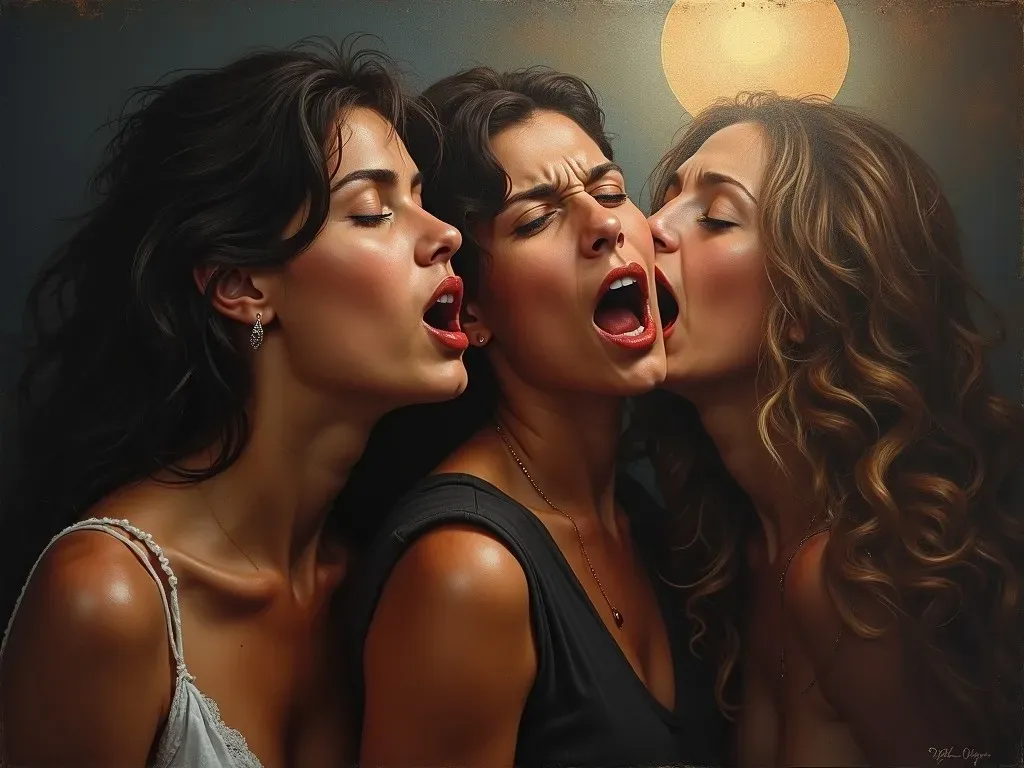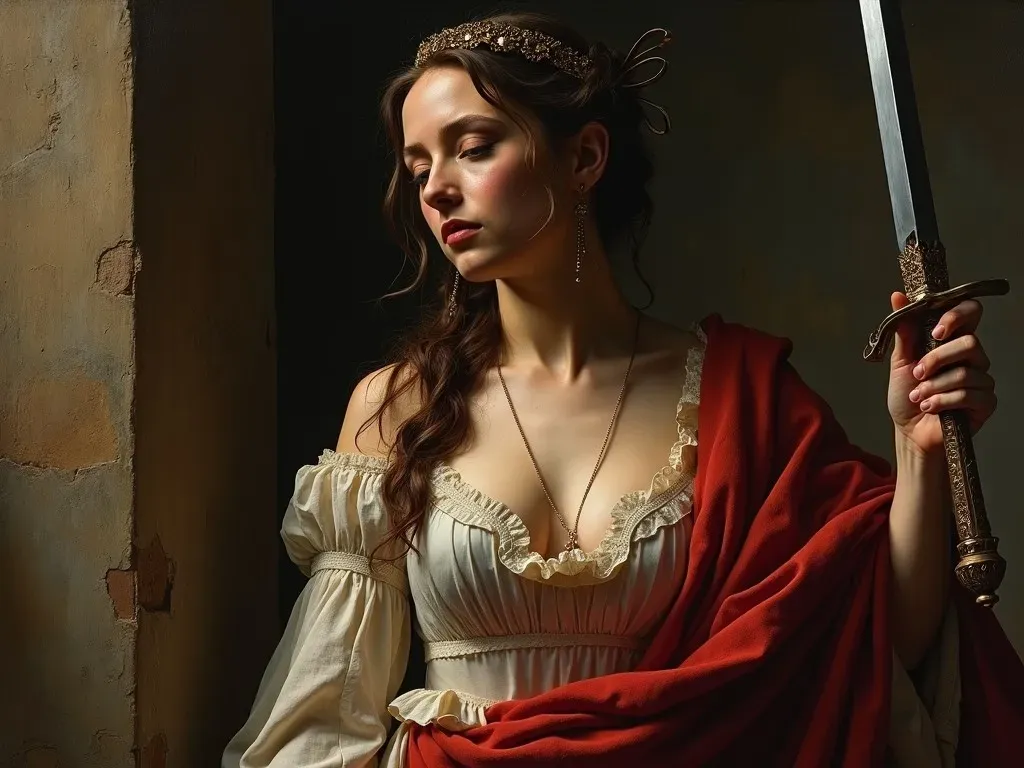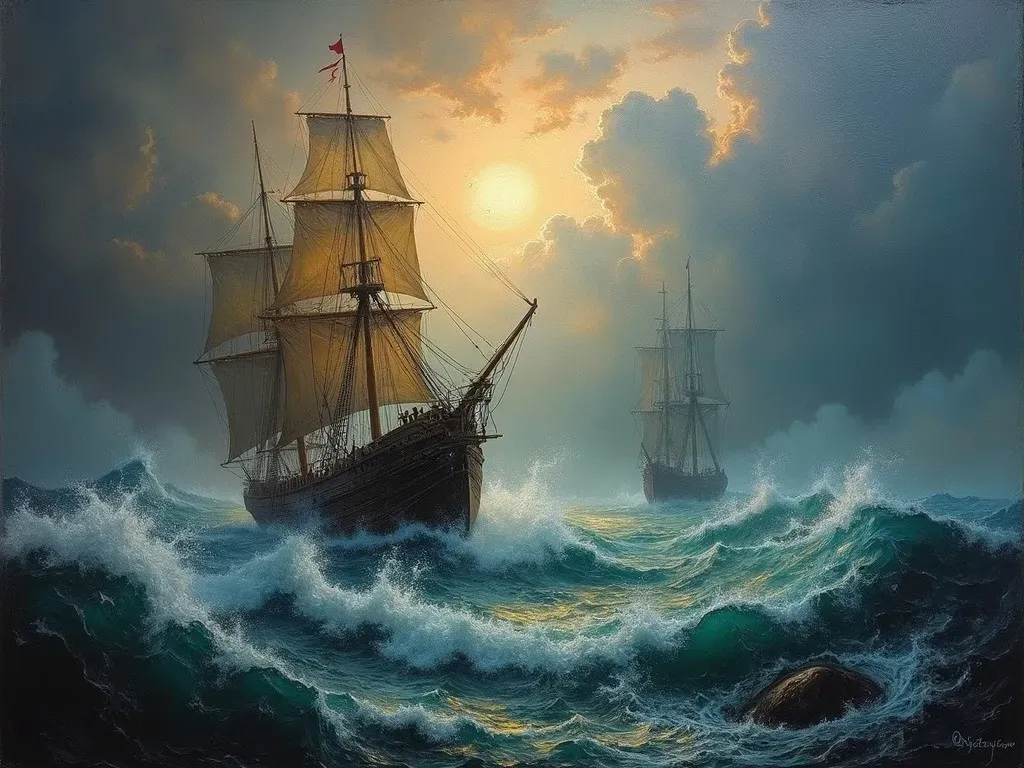Dramatic paintings are masterpieces that evoke intense emotions, gripping narratives, and striking visual power. They encompass a wide range of artistic expressions that use contrasting colors, dynamic poses, and intricate details to capture viewers’ attention. Artists through the ages have employed various Techniques to convey drama, often drawing from deep-seated themes of human experience, both tumultuous and serene.
The Essence of Dramatic Paintings
Dramatic paintings often draw Inspiration from historical events, mythological tales, and religious narratives. Their emotional depth and visual complexity make them not only a feast for the eyes but also a canvas for storytelling. The use of light and shadow (chiaroscuro) often plays a critical role in enhancing dramatic tension, allowing the artist to guide the viewer’s emotional response effectively.
Key Elements of Dramatic Paintings
-
Lighting: The strategic use of light serves to highlight focal points within the painting and create a sense of atmosphere.
-
Color: Bold, contrasting colors can evoke strong emotions, while subdued palettes might invoke introspection.
-
Composition: Dynamic arrangements of figures and objects create a sense of movement and urgency.
-
Narrative: Every dramatic painting often tells a story, whether overtly or subtly, inviting viewers to immerse themselves in the artwork’s emotional landscape.

Notable Examples of Dramatic Paintings
1. Caravaggio’s "Judith Beheading Holofernes"
- Caravaggio’s iconic painting demonstrates the use of chiaroscuro and intense emotional expression. The dramatic pose of Judith captured at the moment of her act of bravery showcases both strength and vulnerability.
| Attribute | Description |
|---|---|
| Artist | Caravaggio |
| Year | 1599-1602 |
| Medium | Oil on canvas |
| Location | Palazzo Barberini, Rome |

2. J.M.W. Turner’s "The Slave Ship"
- Turner’s masterpiece depicts a tumultuous sea, evoking themes of despair and tragedy associated with the slave trade. Turbulent skies, furious waves, and the vivid play of light awareness establish an emotionally charged atmosphere.
| Attribute | Description |
|---|---|
| Artist | J.M.W. Turner |
| Year | 1840 |
| Medium | Oil on canvas |
| Location | Museum of Fine Arts, Boston |

Impact of Historical Context
Dramatic paintings are often a reflection of the social and political climates of their times. For instance, during the Baroque period, artworks were typically grand in scope and infused with emotion, relating to the tumult of religious wars and personal struggles that characterized the era.
| Period | Key Themes | Notable Artists |
|---|---|---|
| Baroque | Movement, light vs. dark | Caravaggio, Rembrandt |
| Romanticism | Nature, emotion, and the sublime | Delacroix, Turner |
| Modernism | Abstraction and expressionism | Picasso, Munch |
Techniques Used in Dramatic Paintings
1. Chiaroscuro: A significant technique in dramatic paintings, where strong contrasts between light and shadow enhance the drama of the scene.
2. Tenebrism: An extension of chiaroscuro, with pronounced contrasts that create a spotlight effect.
3. Dynamic Poses: Artists often employ exaggerated or unnatural poses to express emotional intensity.
4. Layered Textures: Multiple layers of paint add depth and dimension, engaging viewers and inviting close examination.
Modern Dramatizations in Art
Contemporary artists continue embracing dramatic themes and techniques, creating a dialogue between historical influences and contemporary narratives. Artists like Kehinde Wiley and Banksy utilize drama in differing contexts, often addressing social issues while maintaining powerful visual aesthetics.
Comparative Analysis of Classical vs. Contemporary Dramatic Art
| Attribute | Classical Dramatic Art | Contemporary Dramatic Art |
|---|---|---|
| Subject Matter | Biblical/Mythological Scenes | Social Justice Themes |
| Techniques | Chiaroscuro, Tenebrism | Mixed Media, Digital Art |
| Emotional Depth | Intense and focused | Varied, often political |
| Purpose | Religious or historical narrative | Social commentary |
FAQs About Dramatic Paintings
Q: What defines a dramatic painting?
A: A dramatic painting typically features intense emotional expression, striking use of light and color, and dynamic composition, often telling a compelling story.
Q: Who are some famous artists known for their dramatic paintings?
A: Notable artists include Caravaggio, J.M.W. Turner, Rembrandt, and more modern figures like Kehinde Wiley and Banksy.
Q: Can dramatic paintings influence emotional responses in viewers?
A: Yes, the techniques employed in dramatic paintings are designed to evoke specific emotions, such as fear, awe, or empathy, engaging the viewer’s emotional landscape.
Q: What are some themes commonly seen in dramatic paintings?
A: Common themes include religious or mythological narratives, human suffering and resilience, nature’s power, and social issues.
Q: How can one appreciate dramatic paintings better?
A: To appreciate dramatic paintings, one should observe the use of light and shadow, study the emotional expressions of subjects, and understand the historical context behind the artwork.

In summary, the realm of dramatic paintings captivates and enthralls through its potent representation of human emotion and experience. Whether historical or contemporary, these masterpieces engage viewers on a visceral level, ensuring their lasting impact in the world of art. For further reference, you may visit Draw Paint Academy for insightful learning on how to recognize and appreciate the nuances that define dramatic paintings.
